#SoftwareArchitecture#CloudNative
As businesses traverse through their digital transformation journey to survive the race for the best, fastest and most relevant, technology and architectural choices become an important element of the overarching business strategy.
To support the modernization and transformation initiatives, application architecture models have also evolved and come a long way. The application design focus is now more user centric, agile and stateless. Choosing the right application architecture for your business depends entirely on your business goals. In this blog, we will take a look at the architecture choices and their evolution over time.
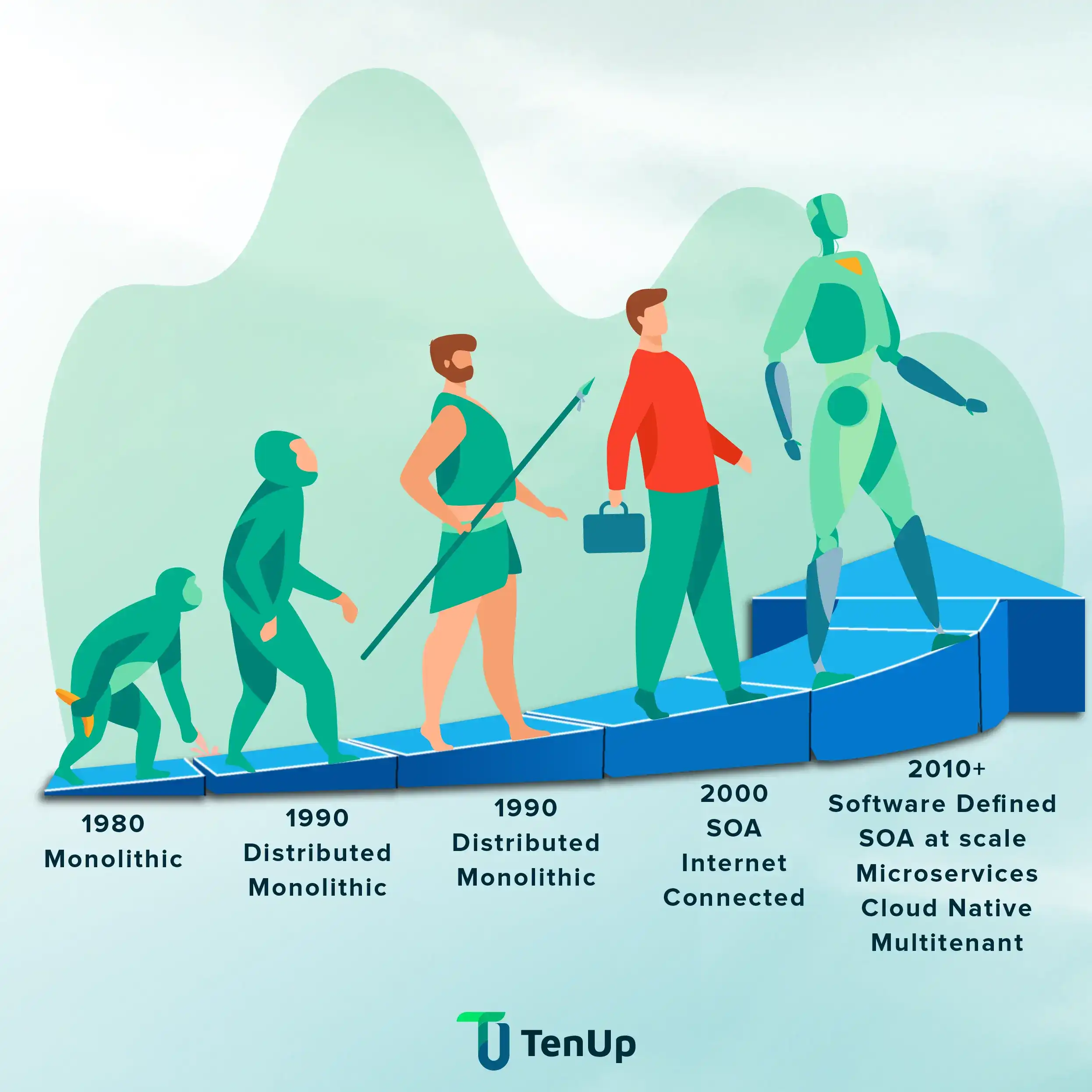
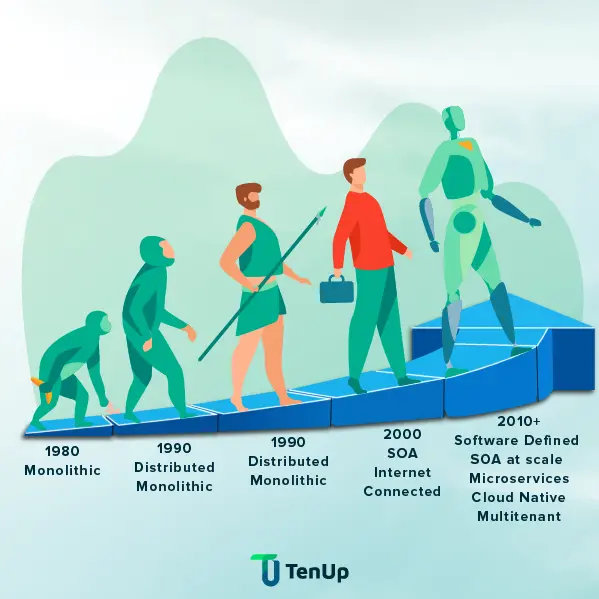
Traditional monolithic architecture is the practice of building applications with a single code base and various modules like websites. This style uses a single build system that creates the entire application and dependency. Monolithic architecture is useful for teams that are in the early stages of building or creating an untested product. Many large and well known businesses started with monolithic applications. For instance, the eCommerce company Etsy used a monolithic design for a long time.
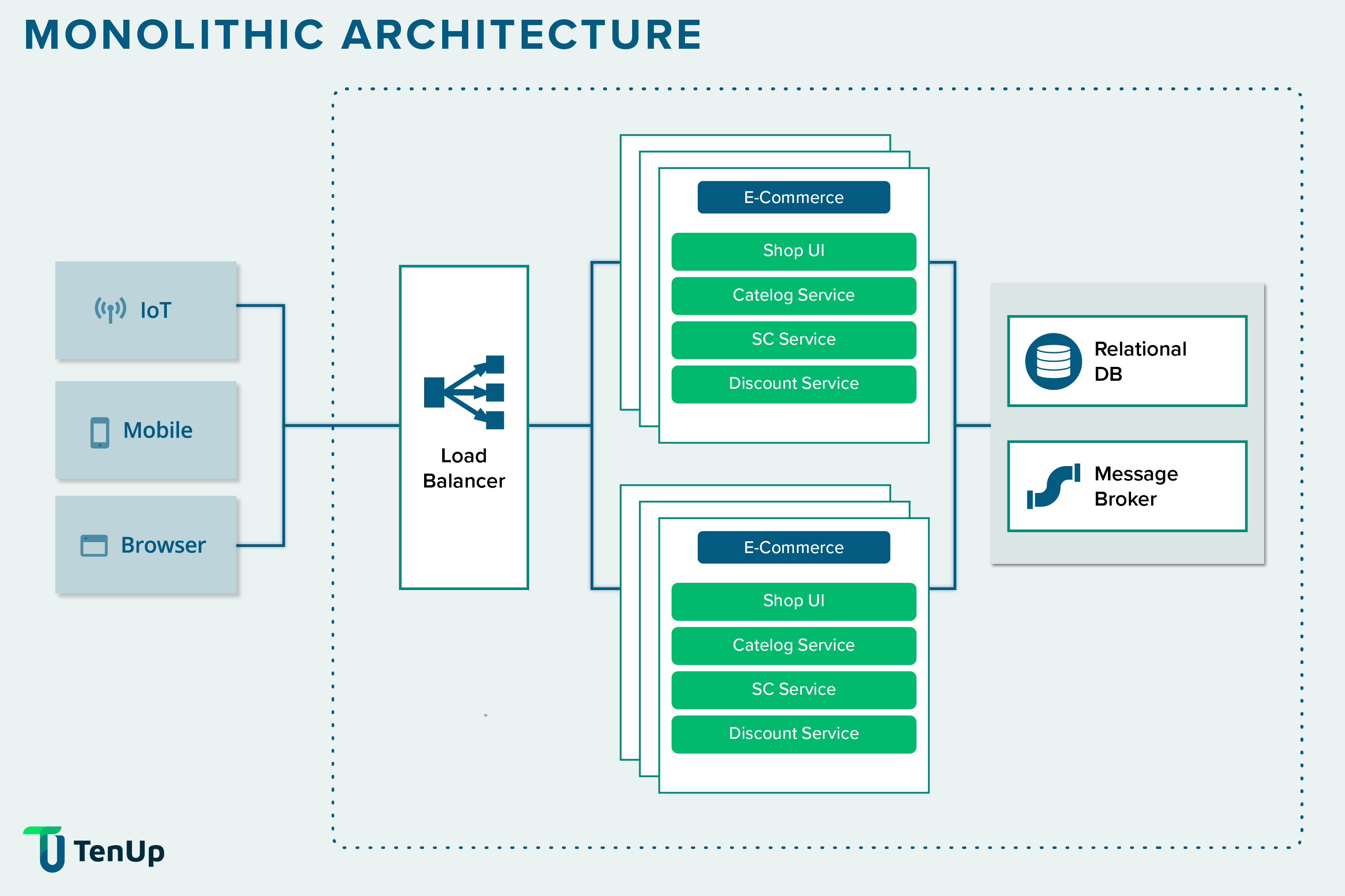
Within the monolithic architecture approach, you have one-tier, two-tier and three tier architectures.
The tiered architecture approach is frequently called legacy or monolithic architecture. For several decades now, three-tier architecture was the most favoured approach for client-server applications. Though monolithic architecture is still used in some types of applications and development, it was originally designed for a different era before the emergence of the public cloud and mobile applications. Monolithic architecture can still be used but it poses some constraint in terms of adaptability and flexibility.
Modern architectural preferences have evolved starting from Service Oriented Architecture to Cloud Native, Event-Driven and Multi-tenant models. Here’s how they have evolved.
Service Oriented Architecture (SOA) is a development model that builds applications composed of discrete and loosely coupled software agents to perform the desired function.
The idea is to make software components reusable with the help of service interfaces. These interfaces use common communication standards such that they can be rapidly incorporated into new apps without performing deep integration every time.
Each service in the SOA contains the code and data integrations needed to fulfil a complete, discrete business service. For example, calculating a monthly loan payment, processing a mortgage form or checking customer’s credit information.
While services can be built from scratch, they are often created by exposing functions from legacy systems of record as service interfaces.
These are typically exposed with standard network protocols such as SOAP (simple object access protocol) or REST to send requests to read and change data. SOAP requires more bandwidth and is considered heavier compared to an architectural pattern like REST.
SOA represents an important stage in the evolution of application architecture. Before SOA, connecting apps to data or functionality that was housed in a different system needed point-to-point integration for each project. Making those functions available through SOA eliminates this need to create the integration each time.
For many years now microservice architecture or microservices has been the buzzword in application architecture. It is a model which structures a single application as a series of loosely coupled services. Unlike monolithic apps that are designed as a single, indivisible unit, microservice apps have multiple, independent components that work together with the help of APIs.
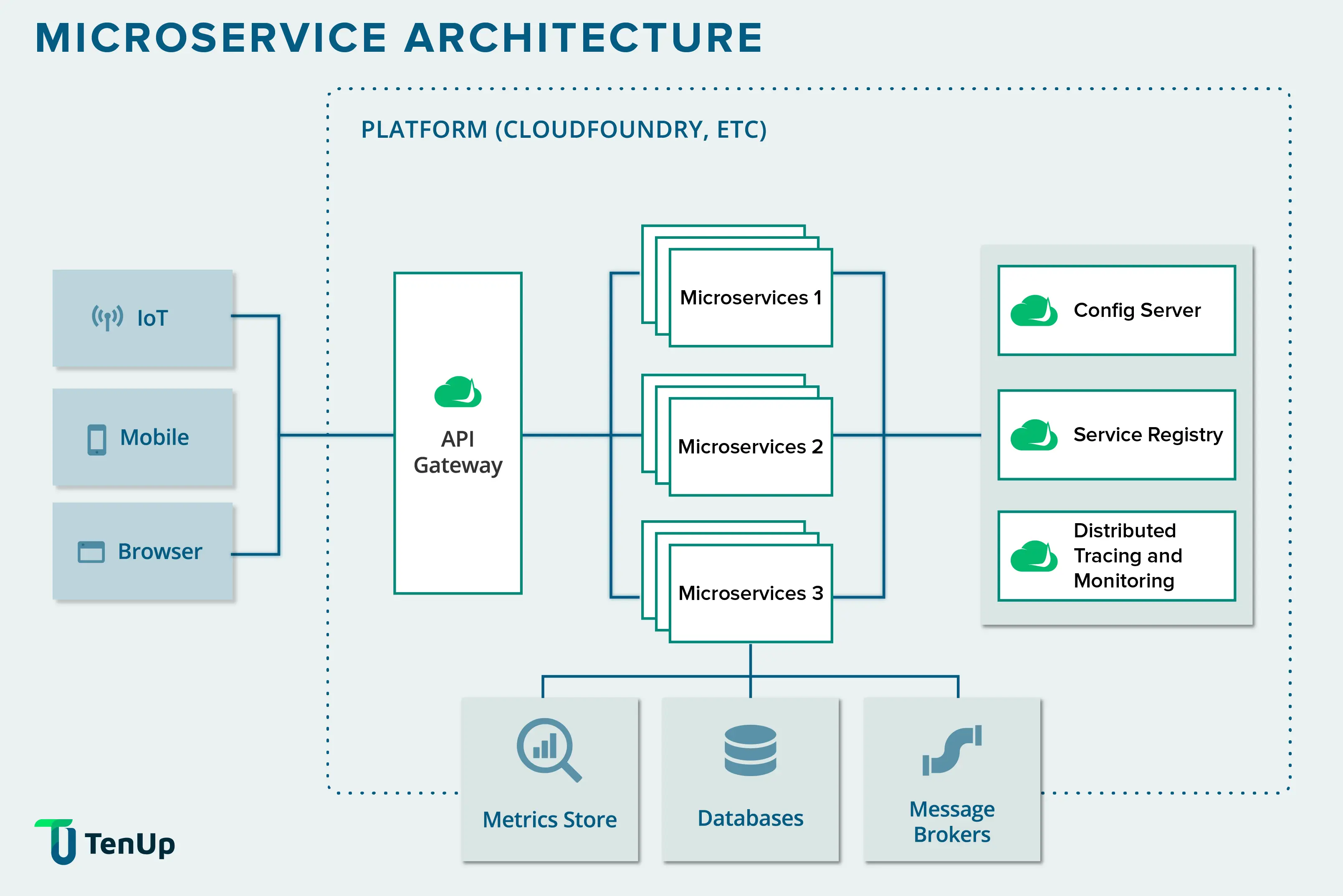
Take for instance, an eCommerce app developed with this approach. Each microservice in the app is designed for a single business capability - from shopping cart, search, customer review, payment etc. each component is a separate service. The beauty of this approach is that each service may be written in a different programming language, deployed using different infrastructures and managed by separate development teams.
The services communicate with each other using a lightweight protocol. Some commonly used protocols include REST, gRPC Just as the N-tier architecture uses the Model View Controller framework, microservices can be built using Sidecar, Ambassador, Adapter etc.
Cloud Native apps expand the multiservices paradigm further by using discrete, reusable components(microservices) to integrate in a cloud environment. Here microservices act as building blocks and are often packed in containers such as Docker, Kubernetes, AWS ECS/EKS, Azure Container Service etc.
Since containers are smaller, resource-efficient and portable compared to virtual machines, containerized microservices have become the default units of modern cloud-native apps.
Just like containers boost developer productivity, orchestration tools are leveraged by organizations to optimize their DevOps and operations investment. In addition to lower operation costs and better scalability, orchestration helps reduce friction resulting in autonomous management and consistent operating experience across cloud servers. Some of the most well-known container orchestration services include Kubernetes, Apache Mesos, Docker Compose etc.
Essentially, cloud-native apps use a combination of container orchestration platforms, using a microservices architecture and DevOps methodology to build and deploy containerized apps.
How do cloud native apps different from traditional apps that run in your data centres? Traditional apps that weren’t built for cloud compatibility are unable to leverage all the benefits of the cloud such as storage, queuing, caching. Some of the characteristics of cloud native concepts include:
To sum it up, cloud-native uses a highly flexible approach building on microservices to add to the agility and continuous improvement of apps.
Cloud Native architecture also uses methodologies such as 12 Factor apps for building scalable and performant, independent and resilient enterprise applications. The 12-factor app approach became very popular as it fits well into the cloud-native paradigm.
Serverless architecture is also known as serverless computing or function as a service. It is a design model that builds and runs applications or services without having to manage infrastructure. That is, the application still runs on servers but all the server management is done by third party “Backend as a Service” (BaaS) providers such as Amazon Web Services. Applications are separated into individual functions that are invoked and scaled individually.
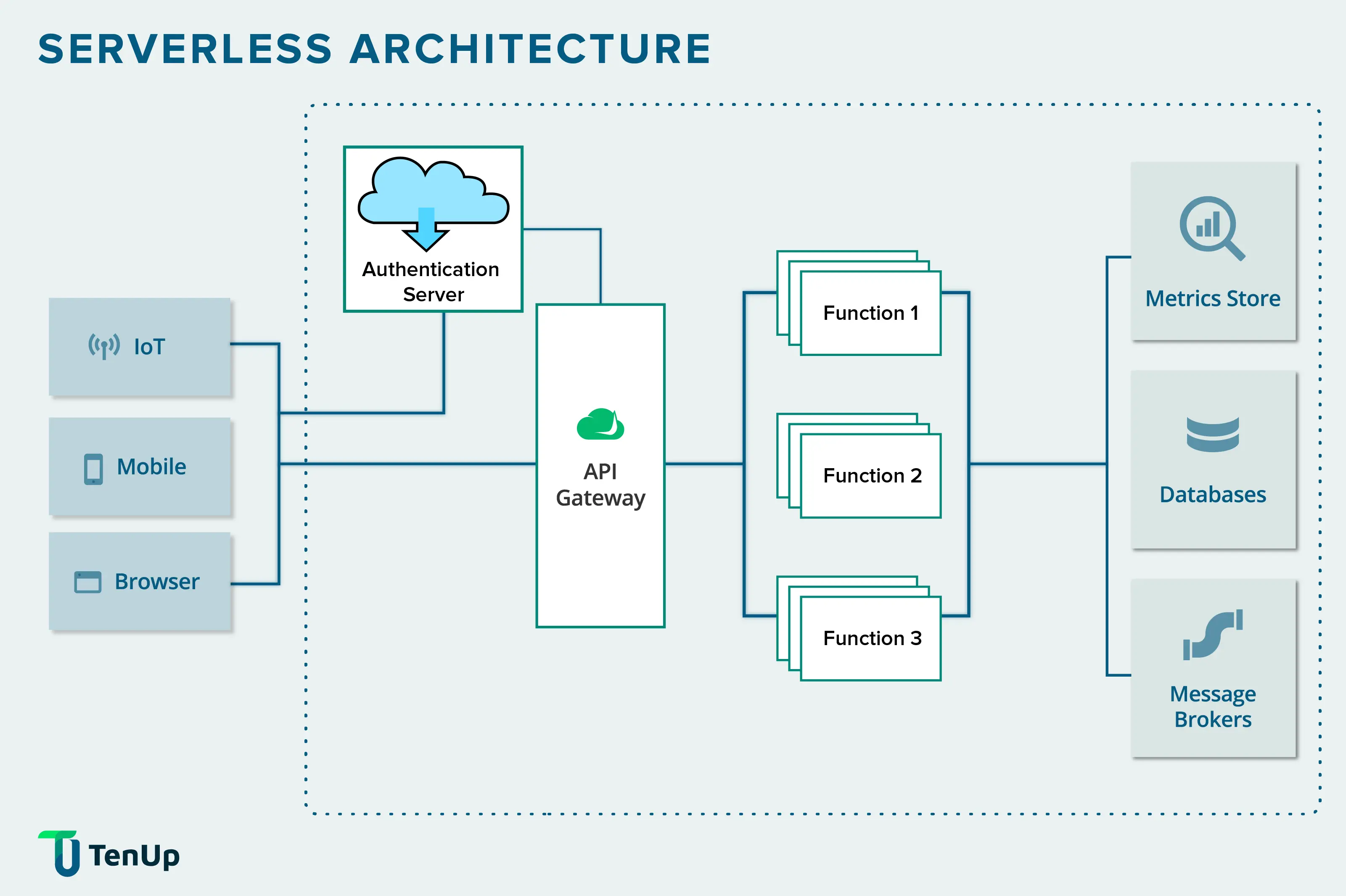
The benefit of using serverless architecture is that developers can focus on their core activities instead of concerning themselves with managing/operating servers or runtimes. The reduced overhead helps developers use time and energy on innovating and building better products that scale well.
Serverless computing is ideal for those organizations that have a limited number of functions that need to be hosted. If the application is more complex, then a serverless architecture can still be helpful but needs to be designed differently.
Event-driven architecture leverages events to trigger and communicate between decoupled services. This approach is common in modern apps that are designed using microservices to handle real-time events to maintain consistency across services . An event can be any update or change in state such as an item being placed in a shopping cart or payment received.
Event-driven architectures have three main components:
The producer publishes an event to the router, which pushes the events to the consumers. Producer and consumer services are decoupled enabling easy scalability, updates and deployment.
The main benefit of an event-driven application is that businesses achieve a flexible system that adapts to changes and makes decisions instantly. It also enhances customer experience responses and processes streaming data in real time.
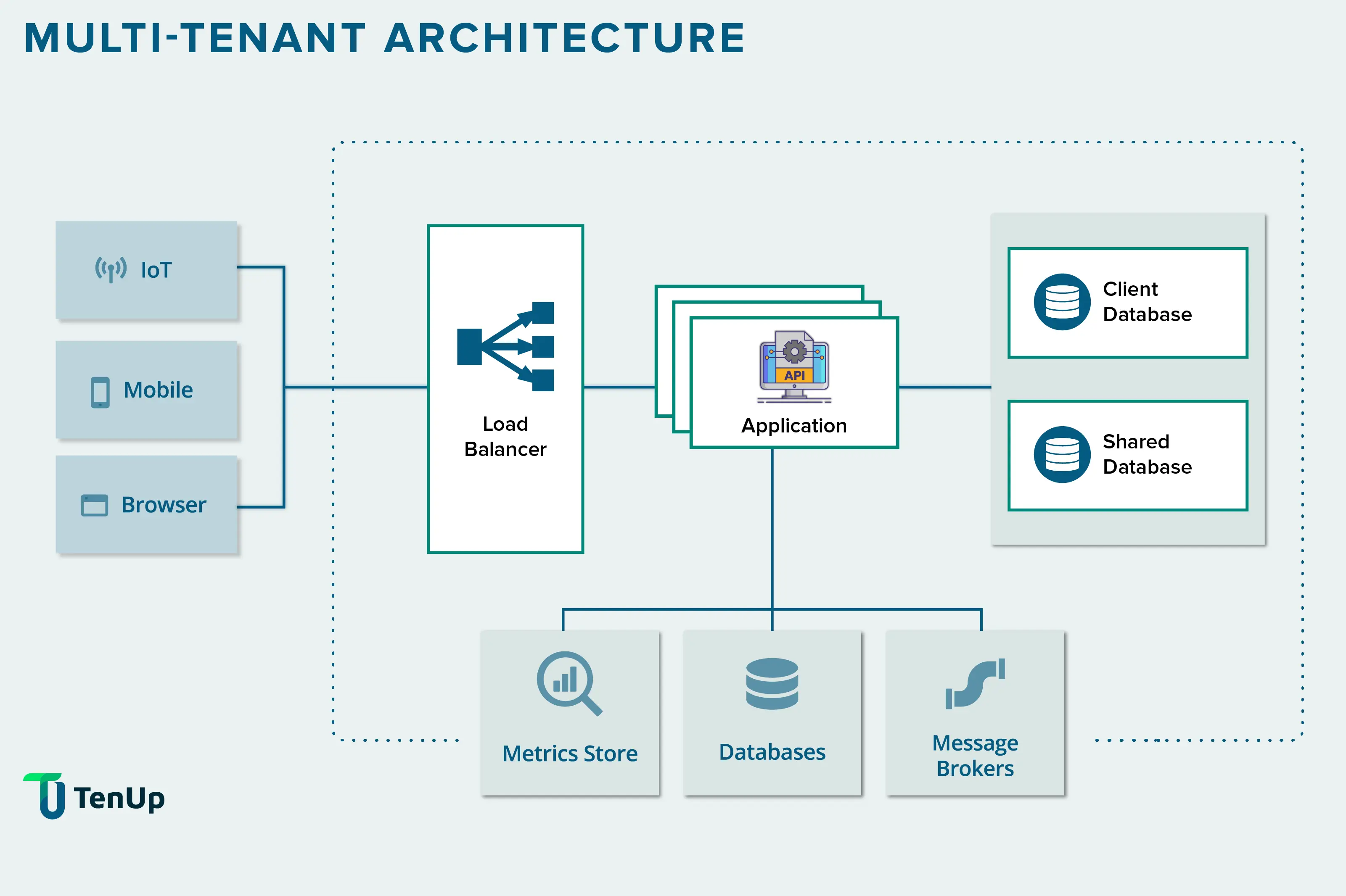
Multitenancy or multitenant architecture is a software architecture paradigm where multiple single instances of software run on a single server. The server serves multiple tenants. This is used to let multiple users access a single application such as a database.
Multi-tenant architecture is used in cloud computing to allow shared tenancy on public cloud vendors such as Microsoft Azure, Google Cloud or AWS. Multitenancy is key to the implementation of software as a service so many SaaS and cloud companies make use of this architecture.
Enterprises on their digital transformation path often wonder about the right architecture choices for their application development. At TenUp Software we deliver powerful, fast and optimum designs for your application architecture and have a wide range of experience working with different design paradigms and approaches. Interested to find out more about the most appropriate Digital Transformation solution for your business? Contact us and our expert will reach out.